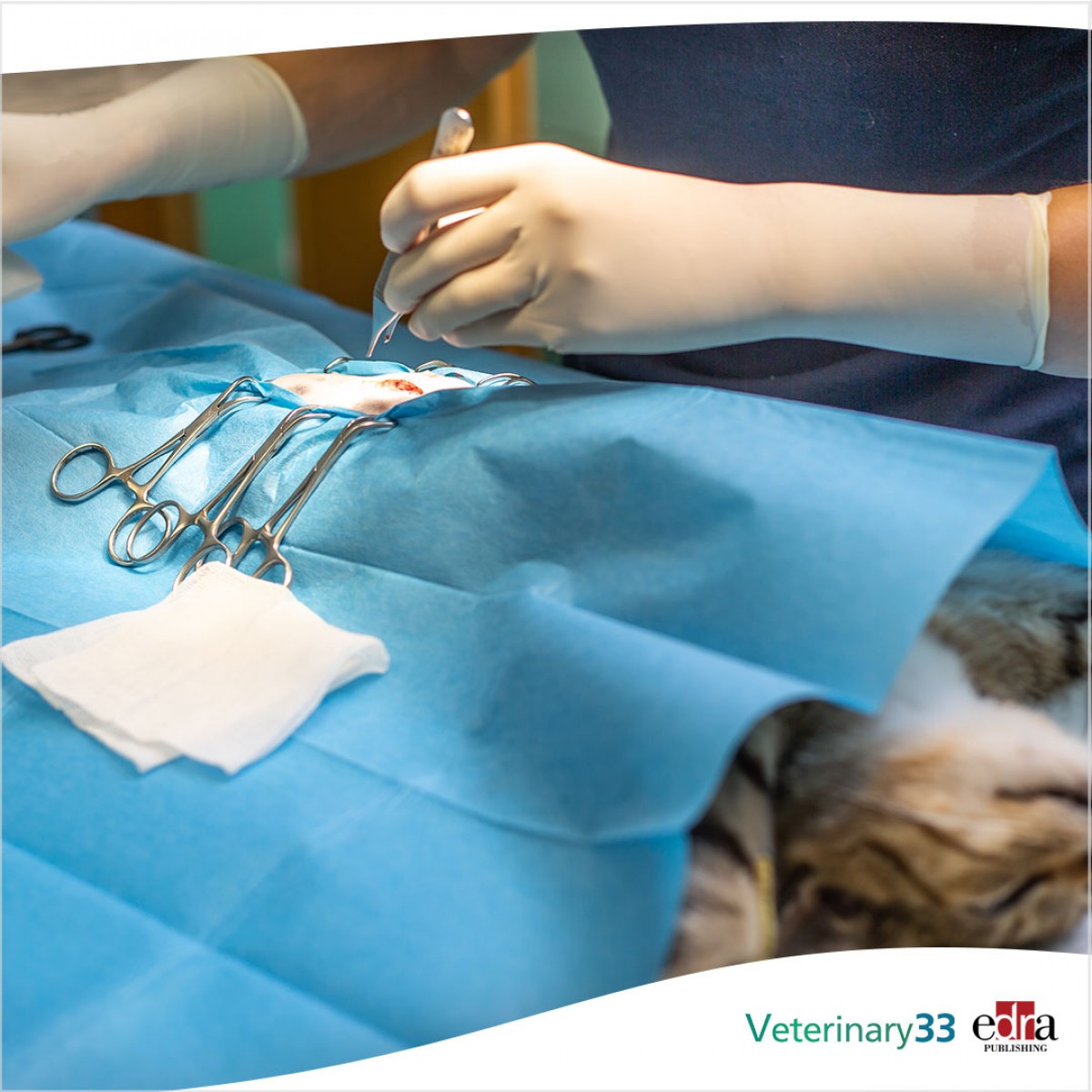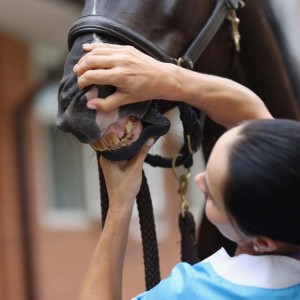Surgical time-out procedures
Objective: To assess deviation from a standardized structure of surgical time-out procedures in a multidisciplinary referral hospital.
Materials and methods: An observational process audit was performed on a convenience sample of surgical cases. A fly-on-the-wall observer assessed surgical time-out procedures in real-time. Pre-induction and recovery checklists were not assessed. Observations were recorded on standardized reporting forms including a checklist and free text. Analysis was performed using a validated framework of four conceptual domains: the purpose, occasion, audience, and content of the communication. Field notes were taken to allow retrospective verification of assessments. Observations were compared to a predefined standardized surgical time-out procedure structure.
Results: Twenty surgical time-out procedures were observed from a mixture of procedure types. Although all were performed at the specified time and place, only eight (40%) were considered to have fully achieved their purpose with potentially important sections of the communication being omitted in the others. Individuals were not ready for communication to begin in 14 (70%) and distractions occurred in 11 surgical time-out procedures (55%). In seven surgical time-out procedures (35%), superfluous information was communicated.
Clinical significance: In a busy operating theater environment, surgical time-out procedures may not be performed as they are intended. Communication during surgical time-out procedures should be audited to highlight opportunities for improvement.
M W McMillan. "Surgical time-out procedures: a single centre audit of standardised surgical communications." Journal of Small Animal Practice. First published: 23 November 2022 https://doi.org/10.1111/jsap.13580














List
Add
Please enter a comment